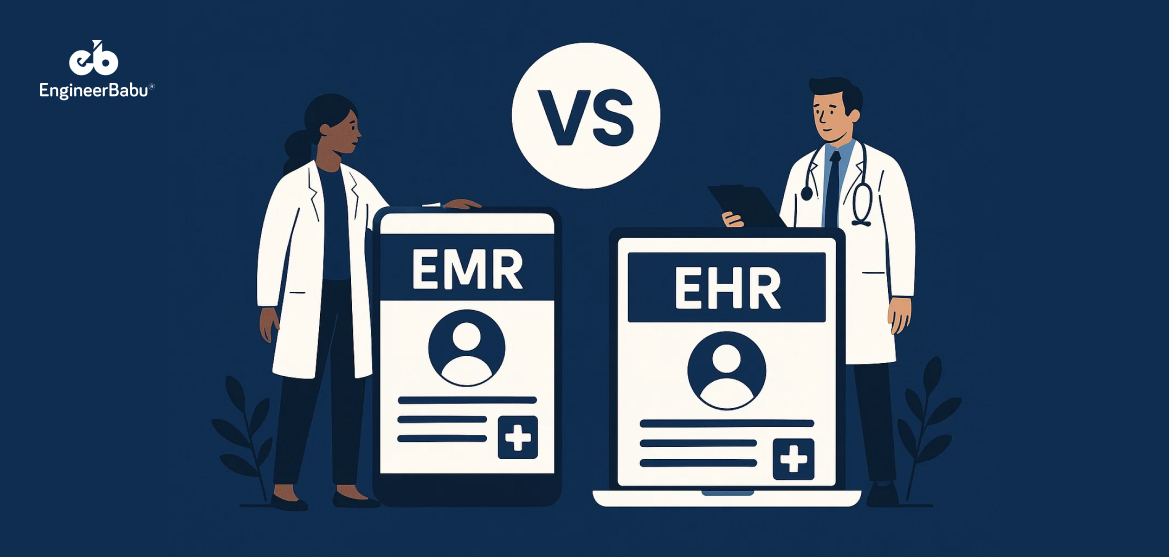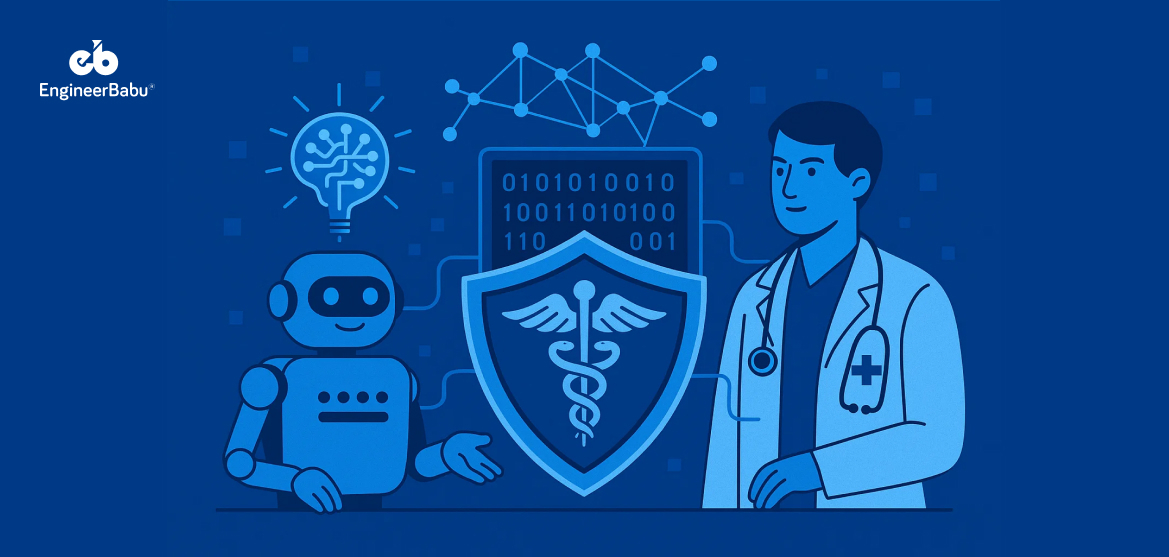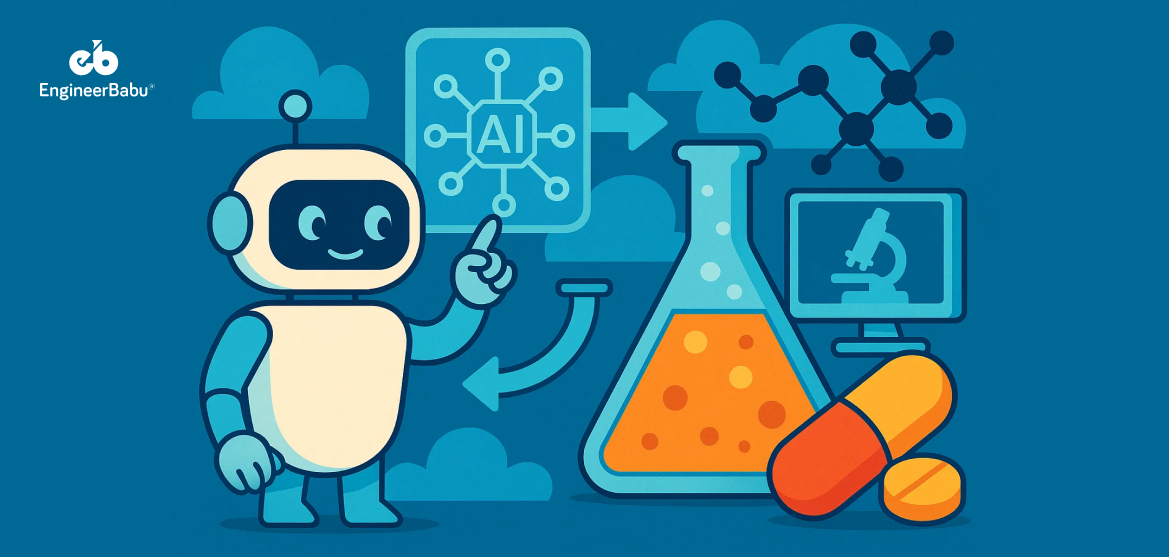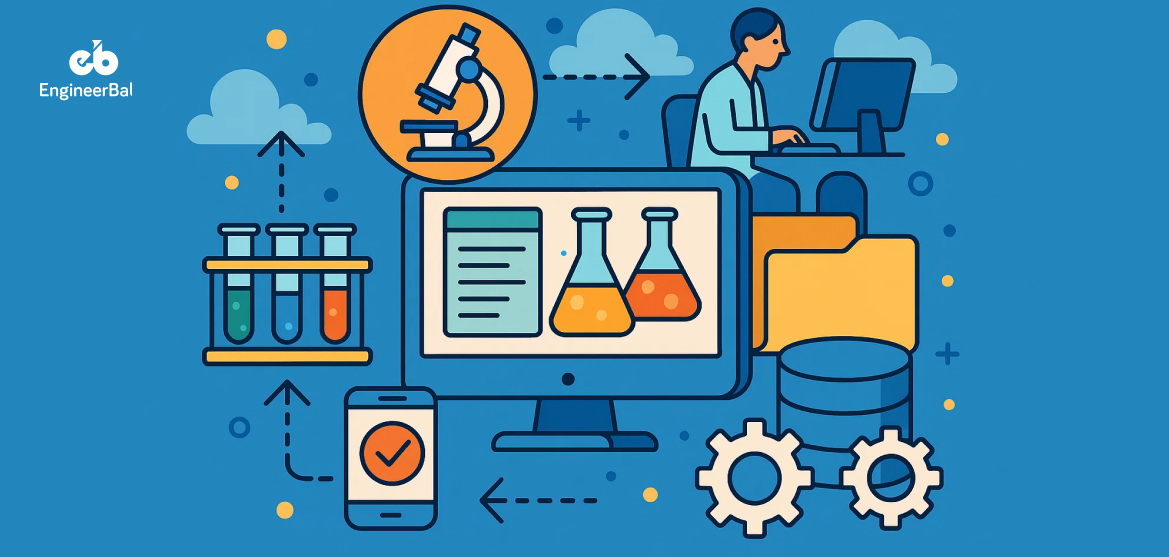EMR and EHR are often used interchangeably, but they’re not the same, and confusing them can lead to costly integration mistakes.
An EMR is a digital version of a patient’s chart within a single clinic or practice. It’s built for internal use and rarely supports external data exchange. An EHR, on the other hand, aggregates data across providers, hospitals, labs, and systems. It enables care coordination, supports interoperability standards like FHIR, and is often required by regulatory bodies.
If you’re building a healthtech app, selling into provider networks, or planning an EHR integration, knowing the difference will directly impact how your system connects, scales, and complies.
This guide breaks down the core differences between EMRs vs EHRs—so you can choose the right path for your product, users, and infrastructure.
What is an EMR (Electronic Medical Record)?
An Electronic Medical Record (EMR) is the digital version of a patient’s paper chart—but it only works within a single healthcare provider’s office or clinic.
EMRs are used to document clinical encounters, track diagnoses, prescriptions, treatment plans, and progress notes. Think of it as a digital filing cabinet for one clinic. The system helps physicians streamline internal workflows, reduce paperwork, and quickly retrieve patient information during follow-up visits.
However, EMRs are not built to share data outside the practice. If a patient sees a specialist, changes providers, or visits a hospital, their EMR data doesn’t automatically follow them. This lack of interoperability limits collaboration and continuity of care.
This is one reason why EMRs are less favored in large-scale healthcare settings. According to research, only 14% of office-based physicians using EMRs could electronically send and receive patient information outside their organization. That severely limits their usefulness in broader care networks.
What is an EHR (Electronic Health Record)?
An Electronic Health Record (EHR) is much more than a digital chart. It is a centralized, interoperable system designed to share patient information across multiple healthcare settings—from hospitals and specialists to labs, pharmacies, and even insurance providers.
EHRs don’t just store clinical data. They connect providers by making that data accessible in real time across organizations. This enables care teams to make faster, better-informed decisions, reduces the risk of duplicate testing, and improves continuity of care.
For example, when a patient is admitted to a hospital that uses an EHR system, their full medical history, including allergies, medications, previous surgeries, and lab results can be instantly pulled in from other connected sources.
The adoption of EHRs reflects this shift toward coordinated care. 88% of office-based physicians in the U.S. were using some form of EHR as of 2021, with most of them using systems certified for interoperability under federal programs.
Key Differences Between EMR vs EHR
Healthcare providers, healthtech startups, and digital product teams often conflate EMR and EHR. But the distinction directly affects how your app integrates, scales, and complies with regulatory standards. Here’s a breakdown of the real differences that matter when building or integrating healthcare software.
Scope of Data
EHR
EHRs offer a longitudinal view of a patient’s health, aggregating data from multiple sources: primary care, specialists, emergency visits, labs, imaging centers, and even personal health apps. This full-spectrum view enables better diagnostics and coordinated treatment.
EMR
An EMR contains only the medical history recorded by a single clinic or physician. It’s limited to visits, notes, and prescriptions within one provider’s system. For instance, a dermatologist’s EMR won’t show cardiology records unless manually imported.
Data Sharing Capabilities
EHR
Built to support real-time data exchange with external systems. For example, if a hospital uses Epic and a lab uses Cerner, their EHRs can communicate via FHIR or HL7 interfaces to automatically share lab results, reducing duplication and delays.
EMR
Most EMRs are standalone systems. They rarely support automated sharing with external providers. If a referral is made, data may need to be faxed or exported manually—resulting in fragmented patient records.
Interoperability
EHR
EHR systems like Epic, Cerner, and Allscripts support modern standards like FHIR, HL7, and SMART on FHIR. They offer APIs for developers and are designed to comply with data-sharing regulations like the Cures Act Final Rule in the U.S.
EMR
Many EMRs are based on proprietary data models or outdated tech stacks. Developers often struggle with integrations due to lack of documentation, non-standard formats, or unsupported APIs.
Intended Users
EHR
Used by enterprise-level organizations—hospitals, health systems, integrated care networks, payers, and even public health agencies. These systems are designed for multi-user, multi-department access and coordination.
EMR
Ideal for small practices and individual providers who manage patient care within a closed-loop system. It meets basic needs but doesn’t support complex workflows like transitions of care or multidisciplinary collaboration.
Integration with Other Systems
EHR
EHRs are designed to connect with labs, radiology systems, billing platforms, and telehealth apps. Many offer app marketplaces or developer portals where third-party solutions can be added directly.
EMR
Integrations are often limited to in-house tools or specific vendor extensions. Developers may need to build custom interfaces, which slows time to market and increases technical debt.
Compliance and Regulation
EHR
Most EHRs are ONC-certified and compliant with regulatory programs like Meaningful Use, Promoting Interoperability, and TEFCA in the U.S. This is critical if your app interacts with Medicare or Medicaid systems.
EMR
EMRs may comply with HIPAA, but often lack features needed for modern compliance standards like patient-directed data access or API-based data portability.
EMR vs EHR Comparison Table
| Feature | EHR (Electronic Health Record) | EMR (Electronic Medical Record) |
| Scope of Data | Longitudinal health data from multiple providers | Single-practice clinical records |
| Data Sharing | Supports exchange across systems and organizations | Primarily local to the clinic |
| Interoperability | FHIR, HL7, SMART on FHIR, developer APIs | Often proprietary and difficult to integrate |
| Intended Users | Hospitals, networks, payers, health systems | Solo physicians, small practices |
| Integration Capabilities | Connects with labs, imaging, billing, telehealth, HIEs | Limited, often requires custom development |
| Regulatory Compliance | ONC-certified, Cures Act-ready, supports patient access mandates | May be HIPAA-compliant, but lacks broader compliance support |
Which One Does Your Healthtech App Need to Integrate With?
The choice between EMR and EHR integration depends on who you’re building for and what kind of data exchange your app requires.
If you’re targeting independent clinics or small practices, you’ll often encounter EMRs like Kareo or Practice Fusion. These systems work well for internal record-keeping but offer limited support for data sharing or API access. Integrations may require manual exports or third-party middleware.
On the other hand, if your product serves hospitals, payers, or enterprise health systems, you’ll need to integrate with full-scale EHRs like Epic, Cerner, or Athenahealth. These platforms support interoperability standards such as FHIR and HL7 and typically offer developer programs and formal onboarding processes.
Use case matters too. A chronic care app may require bidirectional sync with EHRs. A basic scheduling tool may only need EMR-level access.
Before deciding, ask: Who are your users? What kind of data will you access or push? Are compliance mandates like the Cures Act relevant to your product?
Aligning your integration strategy with your target market will save time, reduce cost, and support long-term scalability.
Conclusion
EMRs and EHRs serve different purposes, and the distinction isn’t just technical—it’s strategic. EMRs help individual practices digitize their records, but EHRs go further by enabling system-wide data sharing, interoperability, and regulatory compliance.
If you’re building a healthtech product, understanding the difference between the two will directly influence how you approach integration, data access, and user experience. EMRs may offer a faster entry point for small clinics, but EHRs provide the infrastructure required for scalable, connected care.
Choose your path based on your users, data needs, and long-term product goals. The right decision today can save you from re-architecting your platform tomorrow.
FAQs
What is the main difference between EMR and EHR?
An EMR is a digital version of a patient chart used within a single clinic, while an EHR is designed to share patient data across multiple providers and healthcare organizations.
Can a system be both an EMR and an EHR?
Yes, some systems evolve over time. A platform may start as an EMR but add data-sharing and interoperability features to qualify as an EHR. However, the two terms still indicate different scopes of functionality.
Are EHRs required by law?
In many countries, yes. In the U.S., for example, the ONC Cures Act Final Rule mandates that certified EHRs offer FHIR-based APIs for patient access and data exchange. EMRs typically don’t meet these requirements.
Do small clinics still use EMRs?
Yes. Many small or independent clinics use EMRs because they’re easier to implement and cost less upfront. However, they may face limitations if they need to share data externally.
Which one should my app integrate with—EMR or EHR?
It depends on your target audience. If you’re building for small clinics, start with EMRs. If you’re serving hospitals, payers, or enterprise systems, prioritize EHRs that support FHIR, HL7, and scalable APIs.




